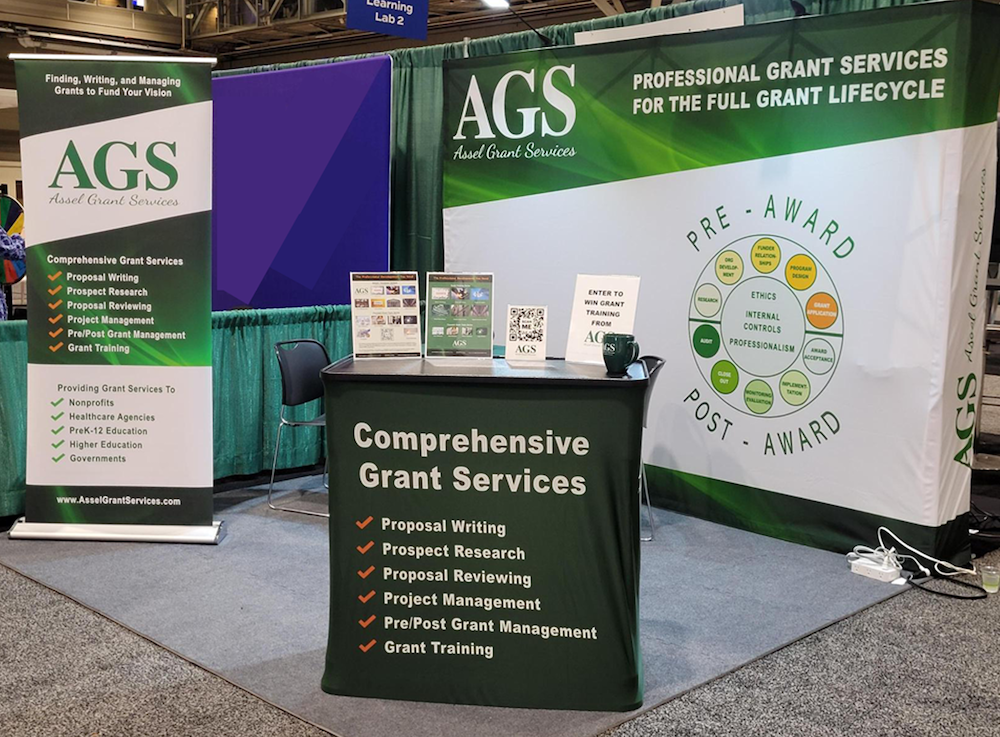As grant professionals, we all know that one way to boost our proposals is to include collaboration. Funders like to see partnerships for a number of reasons. But too often, the partnerships we include might not be very substantive. Maybe we worked together on one event or they refer a few clients to our organization. But funders emphasize collaboration for good reason and it might be time to truly give those partnerships a chance to GROW!
So, how do you go about helping your partnerships blossom? Begin by taking stock of all of your current partners, big or small. Partners could include other nonprofit organizations, funders, businesses, or individuals. Assess the ways in which you currently partner and begin thinking outside of the box to explore other ways in which both parties could benefit from expanded collaboration. One way the levels of partnership are often framed is through the
3C Model, which came from the for-profit sector. Its tiers include cooperation, coordination, and collaboration (moving from simple to complex). Here are a few ideas of ways to expand from surface-level partnership to meaningful relationships that benefit everyone involved:






